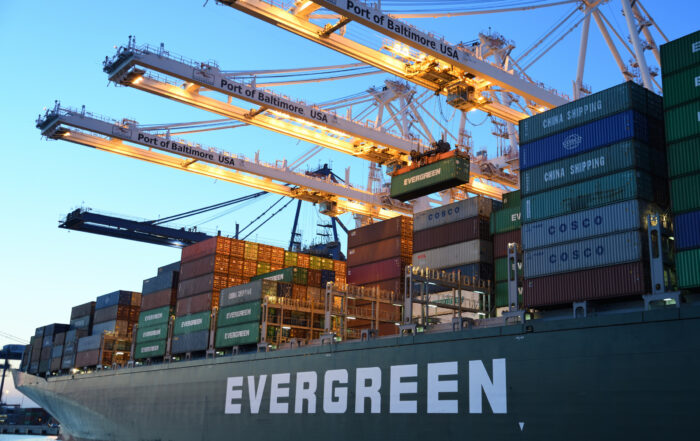So You Want to Talk About Bottlenecks?
Bless the financial media.
CNBC recently spent the better part of four days talking about Ever Green.
The cargo ship – longer than the Empire State Building – ran aground and tied up the Suez Canal.
As a result, it cost about $10 billion per day in freight delays due to the waterway blockage.
It’s nice that the U.S. media is talking about bottlenecks in supply chains halfway around the world.
Yet, here we are again, ignoring the fact that a massive surge of supply chain bottlenecks will be coming to a rural community near you. Why? It’s planting season.
Here in the United States, it’s almost impossible to quantify the amount of time, effort, and money lost due to supply chain bottlenecks. It’s easy to look at a single waterway in Egypt and simply count how much cargo would go through that passage each day.
But here in the U.S., American agricultural freight is cast into a massive network of inefficiency
Look at the relationship between farmers and drivers.
Farmers know that they can’t get grain out the door without access to trucks. Many will tell you that they’d be rich if they received a nickel for every minute they spend wondering where the trucks are.
But they’ll also tell you that they’re struggling to find drivers.
A labor shortage continues to hit rural America. Farmers have trucks that they need to get moving during peak seasons, but they need the tools to identify willing drivers who are looking for work.
Tools that can help bring drivers and farmers together and offer a solid day’s pay.
We’re happy to say… they do now.
Opportunities to Co-operate
Elevators, processors, and input suppliers face different challenges at planting and harvest time, particularly in their efforts to provide valuable customer service to farmers.
These might include:
- Extending service hours during the peaks seasons
- Leveraging available trucks to help farmers move inputs to the field and grain off the fields
- Communicating average unload times and ETAs to give farmers an understanding of wait times
- Giving visibility to farmers on inbound and outbound loads
- Providing digital load documentation and confirmation
However, supply chain partners cannot provide these benefits without transparency and conversation from their customers.
The elevators, cooperatives and supply chain partners we’ve talked to have long expressed a desire for the technology and tools that would allow them to offer these services quickly and efficiently.
Again… we’re happy to say that they do now.
Employing Technology to Solve Problems
We use technology to tackle challenges from the ground up.
So, if you’re a farmer that has struggled with long waits for trucks and communicating with your fleet and partners, we have a technology that can help you reduce that burden. It’s called FOB.
If you’re a driver that is looking for work or wants to cut down that time you’re waiting to load and unload, we have technology that can help you achieve both goals. Again, it’s called FOB.
If you’re a local elevator or grain buyer that wants to help farmers manage their grain logistics by picking up grain off the farm, we have the solution in FOB.
And if you’re an agribusiness company that hasn’t found a solution that tackles your smallest or largest challenges, we can build technology that will unlock real value, reduce costs, and give you far greater peace of mind.
Let’s crack these bottlenecks together. Learn more at FOB.ag.
Recent Posts
So You Want to Talk About Bottlenecks?
So You Want to Talk About Bottlenecks? Bless the financial media. CNBC recently spent the better part of four days talking about Ever Green. The cargo ship - longer than the Empire State
Building More Than Bridges in 2021
Building More Than Bridges in 2021 We’re on the verge of one of the largest infrastructure programs since the onset of the Interstate Highway System. The Biden Administration is talking anywhere between a



